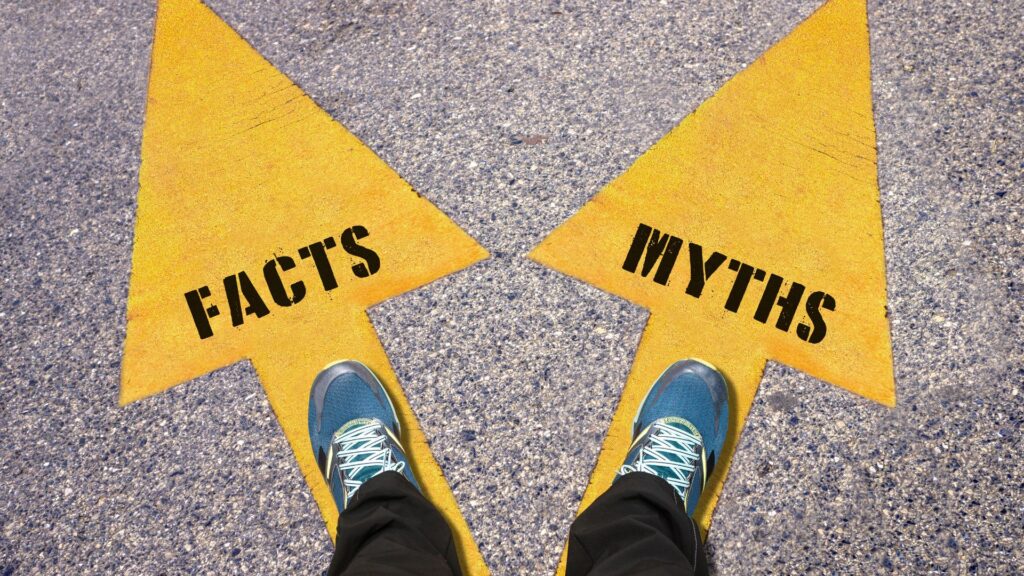The term ‘autism’ has been around for over 100 years, but it wasn’t until the 1960s that the name grew in popularity, albeit for the wrong reasons. While clinical descriptions and diagnostic methods changed over the decades, a steadfast belief held by many was that a cure for autism spectrum disorder (ASD) very much existed, and it was only a matter of finding it. But is there an autism cure?
Simply put, there is no cure for autism – in fact, those who believe autism is curable are missing the fundamental components of the developmental condition. Researchers may not know the exact causes of autism or why it drastically varies by person, but they do know that there is no one-size-fits-all approach to treating the condition and no way to rid someone of it. Instead, comprehensive care, tailored strategies, and a commitment to further research and development are the best ways to enhance an individual’s life.
At ABA Centers of Pennsylvania, we’ve committed these courses of action as the driving forces of our autism care services. We understand the importance of staying up-to-date and informed about the science surrounding autism and the ever-changing clinical studies covering the condition. Let’s answer the frequent question, “Is there an autism cure?” and debunk some popular myths associated with those on the spectrum.
Why It’s Important to Answer, “Is There an Autism Cure?”
Plenty of speculation and false information circulates the autism landscape as media-driven rumors and misconceptions spill to the masses. These speculations mustn’t warrant misleading beliefs when providing reliable and effective autism care solutions, as they stunt the progression of research and general understanding. We must recognize, diagnose, and treat autism with factual and evidence-based techniques to give individuals on the spectrum the best outcomes.
3 Facts to Debunk the Autism Cure Myth
The best way to debunk myths about an autism cure is to present facts that have been thoroughly researched and confidently confirmed. Here are three things to remember when analyzing treatment and care methods for autism spectrum disorder.
1. We Don’t Know What Exactly Causes Autism – There are many reasons for this fact, some of which are more complicated than others. We know that autism is highly heritable, meaning genetic inheritance comes into play but is not solely responsible. Research indicates that the heritability of ASD is anywhere from 60-90 percent.
However, autism does not solely run in families. Sometimes it can manifest with no family history, which many believe results from mutations in the father’s sperm and the mother’s egg. In these cases, the chances of producing offspring with ASD increase as the father ages and his sperm has more time to mutate.
Environmental factors may also contribute to the likelihood of autism. Some studies show that pesticides, plastics, and metals such as mercury and lead can act as sources. Prenatal factors such as diabetes, psychiatric drug use, and hypoxia (lack of oxygen) induced by sleep apnea during pregnancy may also play a part.
While the exact cause remains unclear, researchers can confirm that post-natal factors such as vaccinations, autoimmune disorders, or gastrointestinal issues do not contribute to autism. These theories are entirely anecdotal and often thrive off spreading rumors and misconceptions.
2. Autism is a Condition, Not a Disease – One prominent misconception regarding autism is that it’s a disease when ASD is instead a condition that affects many areas of the brain. Autism occurs due to atypical brain development, and over 1000 genes interact in a specific way in autism cases. The scope of the brain in which autism affects and the amount of altered genes are ample reasons why cases vary so significantly between individuals. This behavioral range further complicates the matter when attempting to deduce a cause. Some of the genes that potentially interact with autism when mutated include, but are not limited to:
- SHANK3 – Widely regarded as the leading candidate for close autism association, this gene is on chromosome 22 and codes for a protein that forms and maintains synapses (connections between neurons in the brain).
- CHD8 – This gene helps regulate gene expression and impacts brain development.
- NRXN1 – Similar to SHANK3, this gene codes for a protein involved in synapse formation.
- TSC1 and TSC2 – These genes help regulate cell growth and division. Mutations in these genes can lead to Tuberous Sclerosis, a condition associated with a higher chance of autism.
- CNTNAP2 – This gene helps form synapses and develop language/communication skills. Mutations in this gene not only increase the risk of autism but they contribute to language impairments.
While experts have identified the correlation between these genes and non-Autism-related genes, they are still determining what the correlation is and why it manifests. They also don’t understand how altering one gene would modify development and how environmental factors interact with these gene mutations. Genetic research is a new field and requires much more research to provide answers.
So why is autism a condition and not a disease, and what does this mean in terms of general awareness? Simply put, autism is something you are born with and denotes that your brain works differently than others. Diseases, on the other hand, form from external factors or post-natal internal dysfunctions. People do not ‘suffer’ from it, nor are they ‘afflicted’ by it. This notion also eliminates the statement that autism is an illness. While prenatal gene therapy can potentially cure diseases individuals obtain after birth, curing inherited syndromes or disorders is highly unlikely in the foreseeable future.
3. Autism Doesn’t Need a Cure – Individuals with ASD frequently push the notion that they do not need a cure for their condition, and this is something everyone should vouch for. While the behavioral and emotional discrepancies of autism may present complications in normal development, ASD does not need eradication. Instead, we must further our understanding of the disorder and continue making worthwhile research and development strides.
Rather than curing autism, we can help these individuals live meaningful and fulfilling lives. Sometimes these individuals don’t need help, while in many cases, they can use extra support in their development. Since autism affects social, communication, behavior, and intellectual skills, the role of autism care is to hone these skills, support the development of these skills, and reduce complicating or jeopardizing behaviors. Autism treatment doesn’t aim to inherently change who a person is – it seeks to bring attention to their unique situation and offer tools to maneuver through life with minimal difficulty.
ABA therapy for autism is an evidence-based and scientifically-proven autism treatment that supports individuals with ASD in their daily endeavors. These programs empower those with autism to be their authentic selves while learning and strengthening their skills, such as coping, daily living, gross and fine motor, writing/reading, social/play, and visual. ABA therapy utilizes various approaches, such as positive reinforcement, to bring forth meaningful change that lasts over time.
ABA Centers of Pennsylvania Can Support Your Child
ABA Centers of Pennsylvania is a leading provider of ABA therapy. We offer child, teen, and in-home ABA therapy services and autism screening to ensure your loved one receives the support they need for a meaningful life.
Contact us at (844) 444-7496 or visit our website for additional information or to receive a free consultation.








